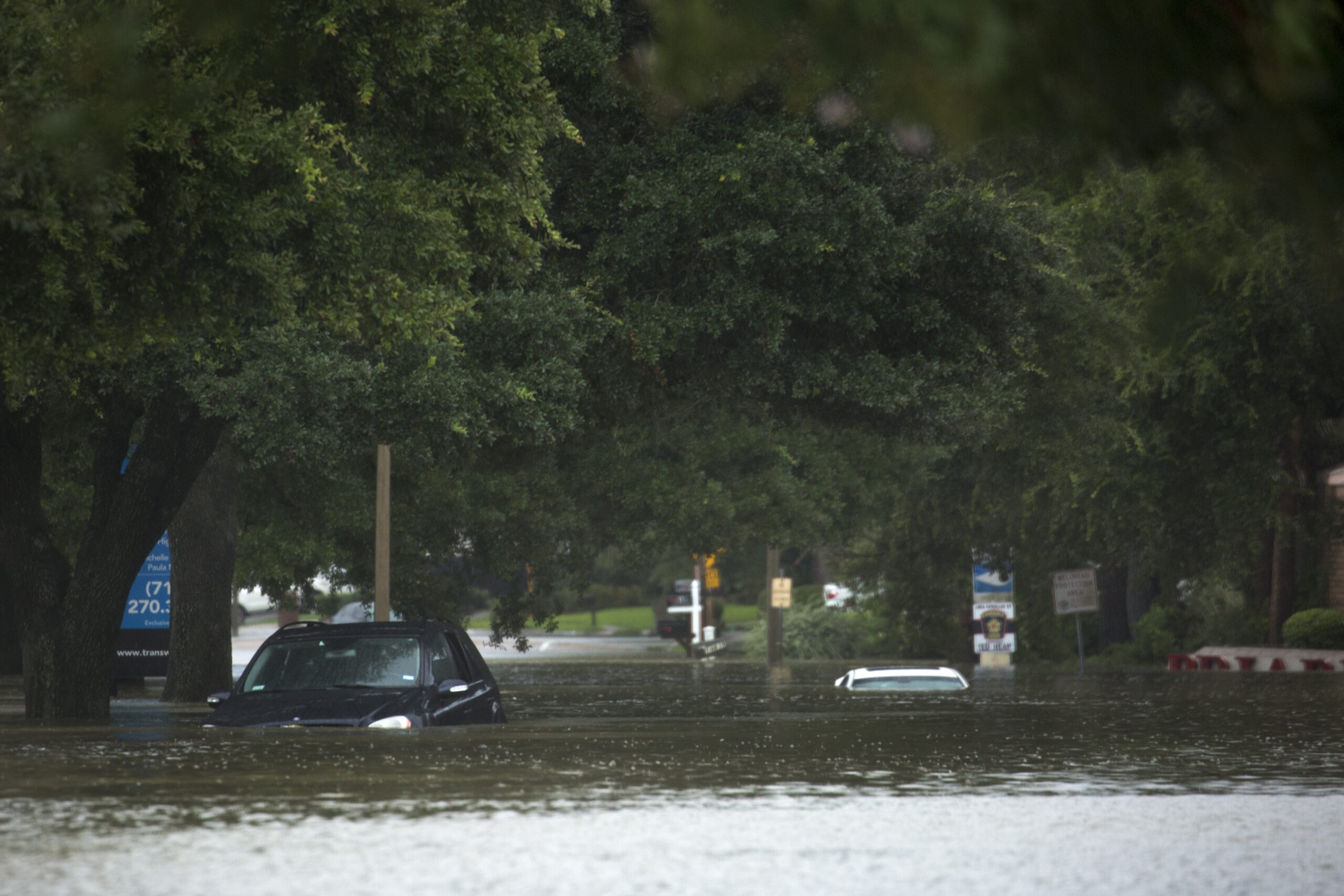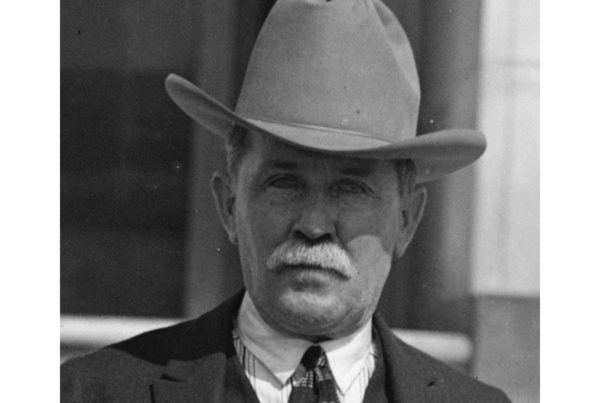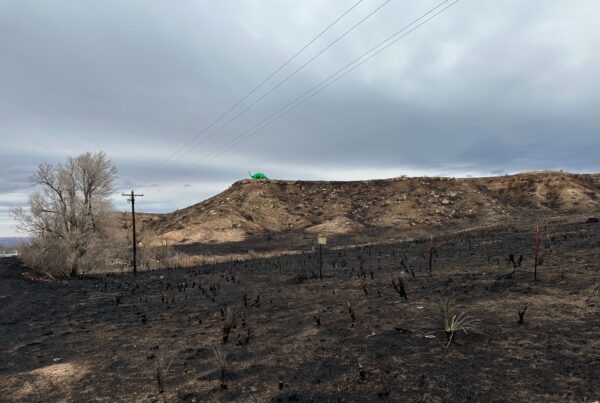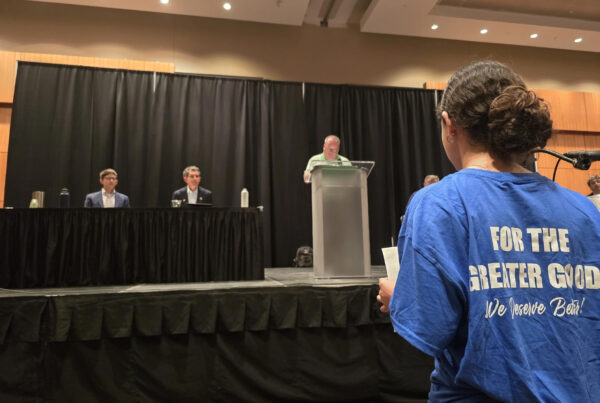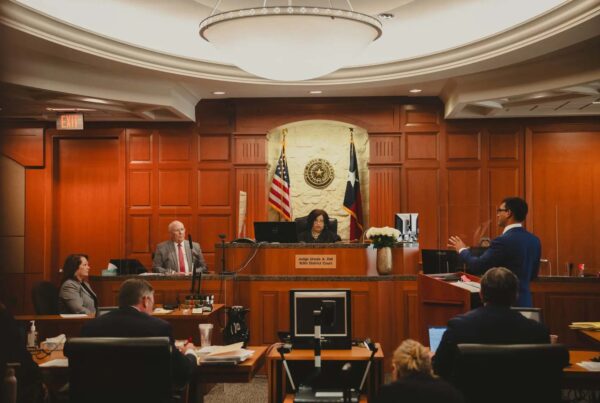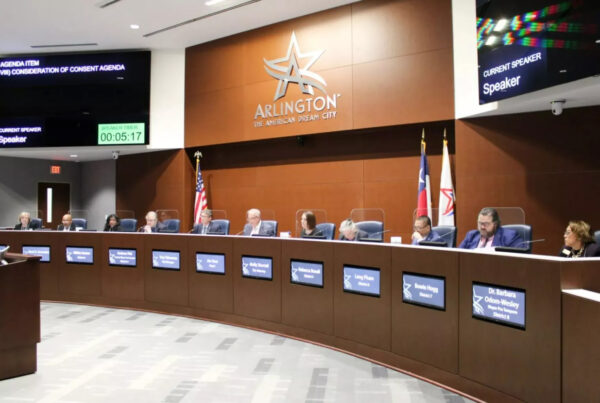Back in the early ’90s, hundreds of thousands of square miles of land in the Midwest were flooded.
That led Congress to pass something called the Hazard Mitigation and Relocation Act. This freed up federal money for the government to buy out properties in flood prone areas.
Since 1985, the Harris County Flood Control District has purchased more than 4,000 parcels in the Houston area, around a quarter of which came after Hurricane Harvey.
How do these two programs compare, and could the feds learn a thing or two from what’s happening in Harris County, or vice versa?
R.A. Schuetz has been looking into these buyout efforts for the Houston Chronicle, and she joined the Texas Standard to discuss. Listen to the interview above or read the transcript below.
This transcript has been edited lightly for clarity:
Texas Standard: How does that program in place in Harris County square with the federal Mitigation and Relocation Act?
R.A. Schuetz: So the federal program freed up FEMA funds for flood buyouts, and Harris County has actually used a lot of FEMA funds for quite a while. One professor referred to it as the “nation’s poster child for buyouts” in recent years.
Starting in 2020, Harris County rolled out a mandatory flood buyout program, which means in certain little pockets, homebuyers have to be bought out, which is very unusual for the nation.
As it did that, it sort of encountered wrinkles that you don’t see with a voluntary program. But they are wrinkles that exist even with a voluntary program. So that’s why the nation has a lot to learn from what the county encountered with its mandatory program.
When you say “mandatory buyout,” you mean officials from the Harris County Flood Control District go to a homeowner and say “sell, or else we’re taking you to court?” Or something like that?
Well, yes.
So what happened was after Harvey, there were these community block grants, and that’s HUD money. HUD money actually allows eminent domain to be used. So that opened up another door, which is they saw that in some neighborhoods, people were opting into the voluntary buyout and that had created this checkerboard effect where like half the neighborhood is gone, you know, like there was a little bit of deterioration.
HUD does require a focus on low and moderate income neighborhoods, and these tended to be low and moderate income neighborhoods that flooded heavily. And they said, “yeah, basically you have to do the buyout.”
» RELATED: U.S. Supreme Court says Texans can sue state for flood damage
And what about what the property owner actually gets? What are those offers like? Do they really match the valuations?
So that has been an issue with a lot of voluntary buyout programs, is that people say, “hey, this amount of money you’re giving me isn’t actually enough to buy anywhere else.”
Now, the sort of philosophy behind a buyout is the government takes ownership of the land. They clear off the property, and they keep it clear in perpetuity, so they not only get you out of harm’s way, but no one else will be in harm’s way. And that land is returned to nature so it can soak up flood waters.
It protects areas outside of that buyout zone. That’s why a lot of flood mitigation or disaster mitigation experts like that approach.
And so based on your reporting, you seem to be suggesting that if FEMA structured its program more along the lines of what HUD does or what the Harris County Flood Control District is doing, it might be more effective at its objectives of getting people out of harm’s way.
I think what the lessons are, are this:
So when they went with a voluntary buyout, they ran into several issues. And one issue was the number of people without legal status, who weren’t eligible for the federal money here. The county had to figure out what they would do. So the county actually ponied up a lot of its own money in order to help these people move out of harm’s way.
So I think that one lesson is that a lot of the people in these areas, there are a lot of people who can’t participate in voluntary buyouts. If you want them out of harm’s way, you’re going to have to find a way or the federal government is going to have to change its guidelines.


